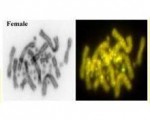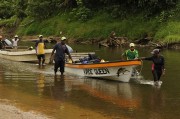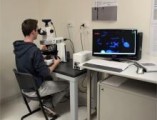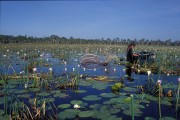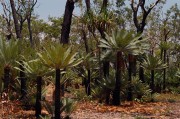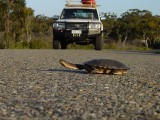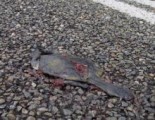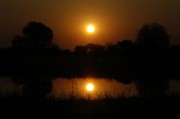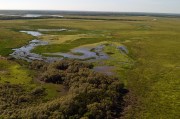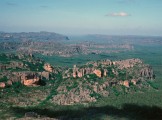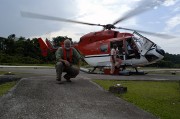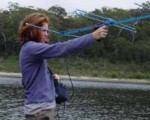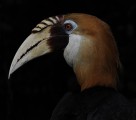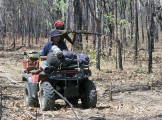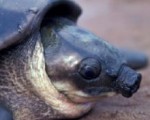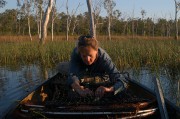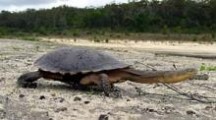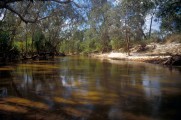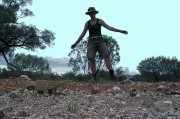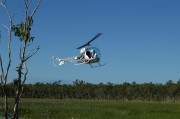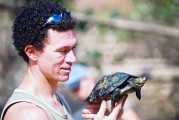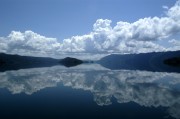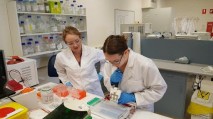Many freshwater turtles in Australia are facing a crisis owing to the interplay of natural conditions (particularly drought) and human-induced changes to their environment.
Australia has a unique freshwater turtle fauna, indeed with many parallels to the marsupials. The chelid turtles that dominate the fauna are found only in Australasia and South America, and so are of clear Gondwanal origin. Even their fossil record restricted to this range. Remarkably, as with the marsupials, the Australian and South American radiations appear to be independent, with no crossover in the relationships among the various species on the two continents. There are about 35 species of chelid in Australasia, and three species of the Trionychoidea (Carettochelys, the pig-nosed turtle; and Pelochelys, the giant river softshell turtles.
The Australian turtles are unusual in other ways, because of the context in which they have evolved. The continent has been isolated from other continents for around 65 million years, and rests on the centre of a tectonic plate. The topography of Australia is thus very stable and the landscape weathered. Progressive aridity has led to Australia being the dryest vegetated continent on earth, with a total annual discharge from all of its rivers equal to that of the Missouri, a tributary of the Missisippi in the USA.
Our turtle fauna is thus a shadow of its former self, and many species are relictual lineages -- monotypic genera that represent many 10s of millions of years of accumulated evolutionary innovation. Some are now, naturally, restricted to single drainages. Rheodytes leukops restricted to the Fitzroy River (Qld), Elusor macrurus restricted to the Mary River (Qld), Myuchelys georgesi restricted to the Bellinger River, and Myuchelys purvesi restricted to the Manning River are some examples. Myuchelys bellii is restricted to the headwaters of a few tributaries of the northern basin of the Murray-Darling River (the fourth largest drainage in the world), and Pseudemydura umbrina populations, in Western Australia, dropped to less than 30 individuals in what was a very restricted distribution.
Add to this vulnerability arising naturally, an overlay of water resource development, land reclamation and other dramatic habitat modification, introduced species and exotic disease, and you have all the ingredients of a crisis for our freshwater turtles.
This symposium, held on 13-15 February 2017 at the Greenhills Conference Centre, Canberra, brings together the leading researchers on turtle evolution, ecology and management to discuss the evidence of declines, the causes of them, and the likely future scenarios for species thought to be most vulnerable to population declines, local extirpation and extinction.
